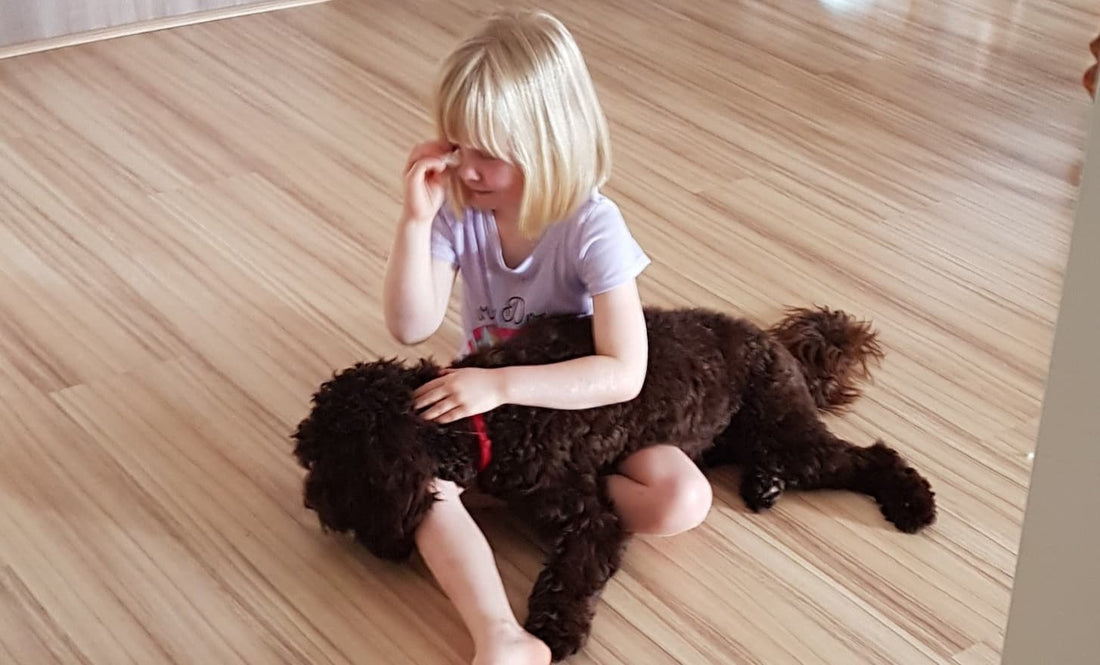
Dear Sensory Super Heroes... Can a Lap Blanket Help with Meltdowns, Meals & School Focus?
Perhaps the timing for this message will be helpful for you this week too.
❤️💜💙
Every little thing, getting dressed, getting in the car, getting out of the car, can turn into a full-blown meltdown. She’s having violent outbursts at home, refuses to sit at the table, and everything just feels too hard. I’ve heard that a weighted lap blanket might help, but honestly... I’m overwhelmed and I get so much “well meaning” advice from everywhere. I’m trying to be grateful for that but not even sure where to begin.
Thanks team!
Lorissa , we hear you - so loudly and so clearly,
Something must be in the air this past week because we’ve had big emotions flying at us from all directions at home too. We know feeling of the constant tension and the whispered judgments. My psychologist calls it the emotional whiplash,which I love, and we hear this so often from families trying their best to support children with big, beautiful, and busy brains.
A few years ago a teacher told us, “Well, your daughter is doing fine at school… so maybe it’s something you’re doing at home.”
You are not alone in this. But I also remember reading an email from someone telling me “You’re not alone”… and I thought “Well I am actually. It’s not like your here helping me!" ❤️ (plus a few extra expletives. not sure if that's just me or if others feel like that when they read it too LOL)
So I'm conscious to make sure we at least can share with you what we’ve come to understand and will definitely answer your question about lap blankets like I'm supposed to... but I kinda want to share with you what Dr Tony Attwood sat and told my sister and I once.
And yes — to answer your question — lap blankets are absolutely worth a look. For our daughter, she says it’s like getting a “Floydie” hug when our dog Floyd can't be with her. They’ve been a game-changer for us.
Kally & Jenna ❤️
🦸♀️💛🦸♂️
Helping your child feel safe to be spicy.
Think of it like a portable, pressure-filled hug that gently calms your child’s body and brain. It activates the proprioceptive system (basically, the body’s way of feeling safe and anchored in space), which can help dial down the overwhelm and bring their thinking brain back online.
When your child is in fight-or-flight mode (what we call “Grug brain”), reasoning doesn’t work — because their body thinks it’s in danger. A weighted lap blanket gives calming pressure to help signal, “You’re safe. You’re here. You’re okay.”.
Some families use it as a meltdown circuit-breaker. Others use it proactively — to reduce the build-up that leads to the outburst.
Whether it’s getting in the car, switching activities, or just walking through the school gates — transitions can feel massive for neurodivergent kids.
Here’s where the lap blanket can help:
- Before a transition – to calm and prep
- During – to soothe in the moment
- After – to recover and regulate

